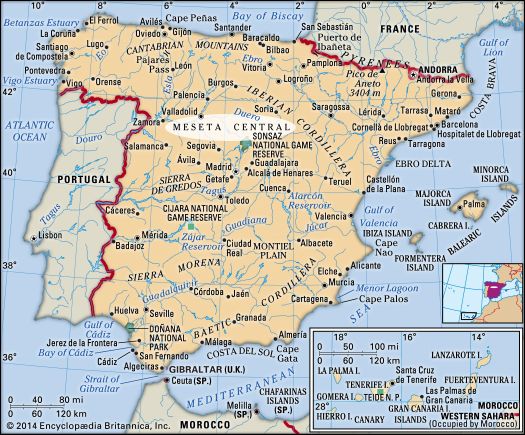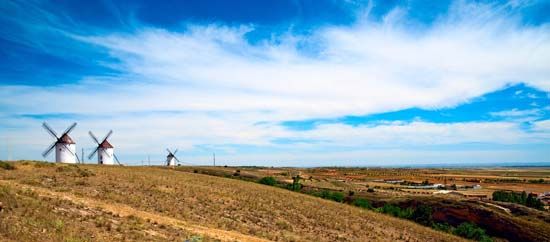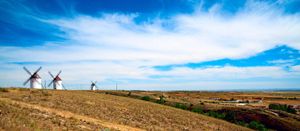Meseta Central
Meseta Central, great interior meseta (plateau) of the Iberian Peninsula, central Spain. With Madrid at its centre, it extends over 81,000 square miles (210,000 square km) and has an average elevation of 2,165 feet (660 metres). It constitutes the oldest and most complex geologic formation of the peninsula. Its western slope is gently inclined toward the Atlantic Ocean and forms the basins of the Duero, Tagus, and Guadiana rivers. To the north the plateau rises abruptly into the Cantabrian Mountains, and to the east it becomes a series of ranges. A certain symmetry is provided by the tectonic troughs of the Ebro in the northeast and the Guadalquivir in the south, which are overlooked by various ranges to the east and by the Sierra Morena to the south. The block mountains in the centre of the peninsula divide the Meseta Central into the high basin of the northern Meseta (Castile-León) and the lower plateaus of the southern Meseta (Castile–La Mancha and Extremadura).
There are contrasts in vegetation and economy between the western outcrops of crystalline rocks with poor soils and the eastern plains of limestones and marls that form the major agricultural zones. The southeastern section of the Meseta Central is occupied by the region of La Mancha.














